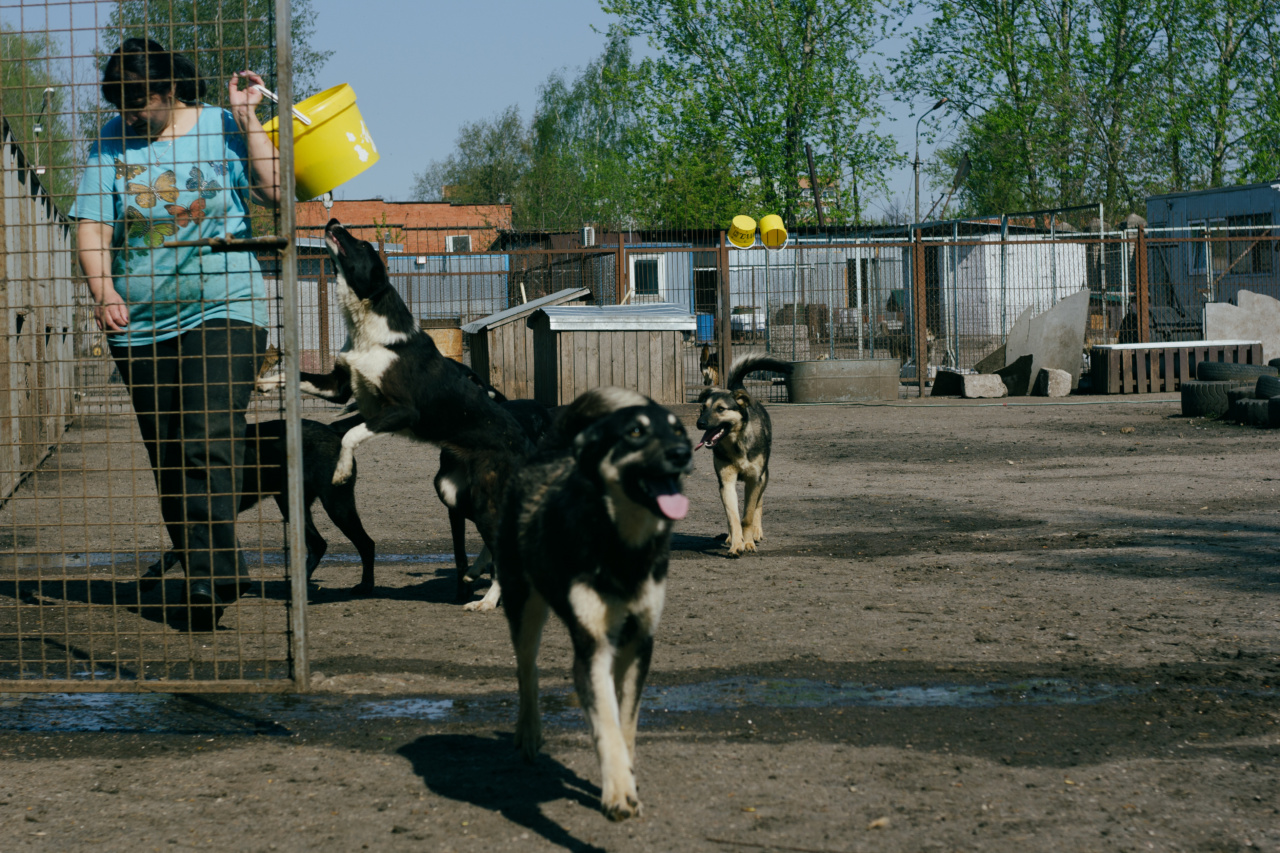Dominant behavior in dogs can be challenging and even dangerous if not properly managed.
Dogs displaying dominant behaviors may try to establish themselves as the pack leader and exhibit aggressive or controlling behavior towards humans or other animals. However, with patience, consistency, and the right strategies, it is possible to effectively manage and modify these dominant behaviors in dogs. In this article, we will discuss ten effective strategies for managing dominant behaviors in dogs.
1. Understand the underlying cause
The first step in managing dominant behaviors in dogs is to understand the underlying cause. Dominant behaviors can stem from a variety of factors including fear, anxiety, lack of socialization, or a history of reinforcement.
By identifying the root cause, you can better tailor your management strategies and address the specific needs of your dog.
2. Consistent and assertive leadership
Dogs with dominant behaviors require strong and consistent leadership. Establish yourself as the pack leader by setting clear rules, boundaries, and limitations.
Be assertive in enforcing these rules and consistently reward good behavior while correcting any display of dominance. A confident and assertive leader will help the dog feel secure and reduce their need to assert dominance.
3. Socialization and positive experiences
Exposing your dog to new experiences, environments, and social interactions is crucial for managing dominant behaviors. Socialization helps dogs develop appropriate social skills and reduces fear or aggression towards unfamiliar people or animals.
Gradually introduce your dog to new situations, rewarding them for calm and positive behavior. Positive experiences will boost their confidence and help them feel more relaxed in various settings.
4. Obedience training
Obedience training is essential for managing dominant behaviors in dogs. Training sessions provide mental stimulation, help establish clear communication, and reinforce your role as the leader.
Teach basic commands such as “sit,” “stay,” and “leave it,” as well as more advanced commands like “down” or “heel.” Consistent training sessions build trust, respect, and focus, which are crucial for managing dominant behaviors.
5. Reward-based training
Reward-based training is highly effective in managing dominant behaviors. Use positive reinforcement techniques such as treats, praise, and play to reward your dog’s desired behaviors.
Rewarding good behavior helps establish a positive association and motivates the dog to repeat those behaviors. Avoid using punishment or aversive techniques as they can escalate dominant behaviors and damage the trust between you and your dog.
6. Implement structure and routine
Creating a structured and predictable environment is important for managing dominant behaviors. Dogs thrive on routines and clear expectations. Establish a daily routine for feeding, exercise, playtime, and training sessions.
Consistency in routine helps reduce anxiety and provides a sense of stability, which can minimize dominant behavior tendencies.
7. Provide physical and mental stimulation
Many dominant behaviors in dogs stem from boredom or excess energy. Providing both physical and mental stimulation is essential for managing these behaviors.
Regular exercise such as daily walks, playtime, or interactive games can help release pent-up energy and promote relaxation. Additionally, engage your dog in mentally stimulating activities like puzzle toys, obedience training, or scent games to keep their minds occupied and prevent boredom-driven dominant behaviors.
8. Use desensitization and counterconditioning
Desensitization and counterconditioning techniques can be effective in managing dogs with dominant behaviors triggered by specific situations or stimuli.
Gradual exposure to the trigger combined with positive associations helps the dog develop a more positive response. For example, if your dog displays dominant behaviors towards other dogs, work with a professional trainer to arrange controlled, positive interactions where they can learn that being calm around other dogs brings rewards rather than threats.
9. Seek professional help if needed
If you are struggling to manage your dog’s dominant behaviors on your own, seeking professional help is a wise decision.
A qualified dog trainer or behaviorist can assess your dog’s behavior, provide personalized guidance, and design a behavior modification plan tailored to your dog’s specific needs. They will teach you the necessary techniques and strategies to manage and modify dominant behaviors effectively.
10. Patience and consistency
Managing dominant behaviors requires patience and consistency. Behavior change takes time, and there may be setbacks along the way. Stay committed to the process, apply the strategies consistently, and celebrate even small improvements.
With time, patience, and persistent effort, you can effectively manage and transform your dog’s dominant behaviors into more desirable and well-adjusted behavior patterns.



























